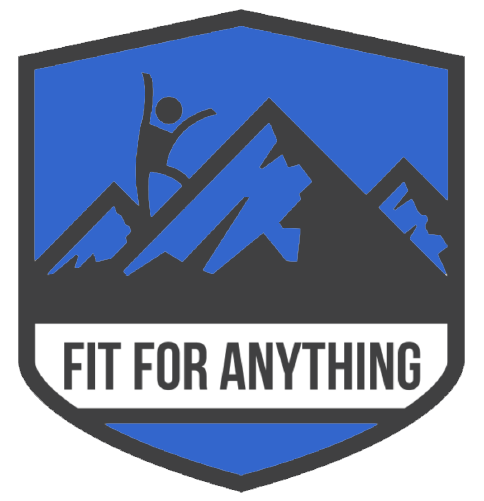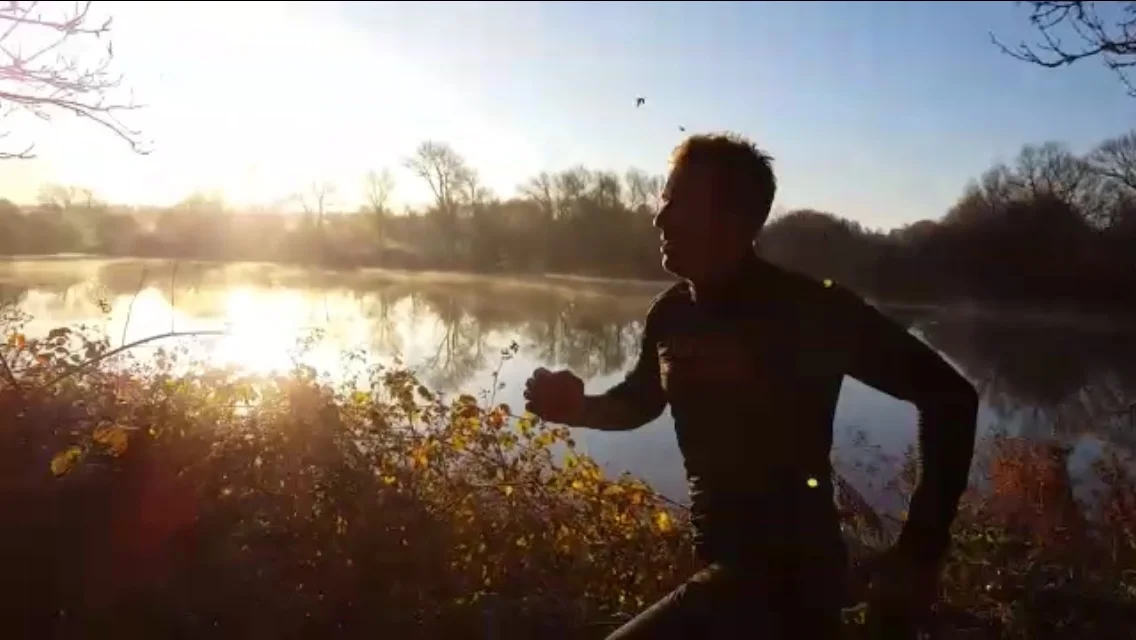Strength
Strength training can often be misconstrued when it comes to running. You can be fast even if you are not considered strong by definition (able to move/lift a heavy object). Strength training for running involves movements that mimic the action of running. Runners need a different strength-training program than those looking to simply increase muscle. Instead of pushing weight away from the body with bicep curls, leg extensions, and bench presses, runners should focus on targeting the key muscles that will keep them balanced and moving forward.
Gait
Gait (the running action) is driven by internal rotation. Gait analysis is the method for identifying bio-mechanical abnormalities in the gait cycle, or in other words, it’s a tool used to assess the way in which you run. It can be beneficial in that it can identify any overactive or under-active muscles in the feet, which could lead to potential injuries and inefficiencies in the future. Good gait is key to achieving good posture, reduction in imbalances & risk to injury. The main reason you should change your gait, stride, or foot fall is if you are getting pain, niggles or injured repeatedly. Good alignment and balance are key here. Lots of running experts suggest, besides engaging in tailor-made programs, working on cadence and stride length are essential to improve running performance. If you are running, improving, and not getting pain, niggles or injured, there may be no reason to change your gait.
Training
There are some common mistakes for those training just to improve their running performance:
The glutes are NOT the most important muscle group and should not be the priority over every other muscle, especially not in external rotation. Do not train your glutes to be a driving force or too strong as they will overpower the natural running motion and can cause injury.
Adductors, inner quad muscle VMO, hamstrings, calves & feet/toe flexors, obliques and lats are the main drivers of gait. Ensure that you are performing a full body work out to train these properly to their full range of movement. The glutes and the transverse abdominis are the main stabilisers in gait.
The rectus abdominis (6 pack as more commonly known) is designed to pull the pelvis up to the ribs to stabilise the pelvis and flex the hips from full extension during the swing phase in running. The core is NOT just your abdominals it is anything that attaches directly to the pelvis, use all of it.
Train your calves to perform the action of lifting the heel/body.
The standard exercises such as squats, deadlifts, lunges and planks are not effective to improve running performance and can even cause muscle imbalances which can lead to injury. Perhaps an eye-opener for some but I will give you an example :If knees and (even) feet point outwards when performing a heavily weighted squat it doesn’t help internal rotational force or gait. Balancing has become easier, muscles are overused laterally, underused medially and the body braces itself, all of which can lead to imbalances and injuries mainly to the knees and back. In order to improve running performance it is best to mimic running motions.
Think gait, think balance then stop training the quads to be too strong compared to the hamstrings and the glutes to be too strong compared to the abductors if you want to improve running performance.
Reduce or ideally stop training the muscles in isolation, start training movements in integration. Not much works in isolation, please don’t see the body like that.
Think more and realise that exercises laying down or facing up are not really that relevant to running as this way the relevant muscles are not integrating which are associated with gait.
Stretching
Stretching cold muscles will only lead to injury. Stop stretching your body, you are making things worse. Stretching in most cases weakens muscles. The feeling of tightness is actually “taut” and is NOT telling you to stretch it, it is telling you 8 out of 10 times that it’s weak and needs strength. It is far better to stretch after a run than before. This is not to say you should not warm up. A smart warm-up gives your muscles, bones, and joints a chance to loosen up; it gradually and gently brings up your heart rate and makes it easier to get into the rhythm you want to sustain. Walk/jog gently for three to five minutes. Do five to six 100-meter strides or dynamic stretches. Certain muscles you shouldn’t stretch at all such as trying to stretch your IT Band (the thick band of connective tissue that runs from the outside of your hip to the outside of the knee) as it has been scientifically proven it is impossible to stretch your ITBand.
Injury
If you are injured: Look at how you move in gait to determine why you are injured and where the injuries stem from – a decent physio and personal trainer can help you look at this. If injured total rest will NOT “solve” the problem that caused the injury. It may give things time to calm down and settle but it doesn’t solve it. Stop constantly icing your joints and muscles. If your body has inflammation it is there for a reason, give your body a chance to heal. Suggest in this case to work with some guidance from a decent physio and/or personal trainer who are in tune with this write up for the best chance at rehabilitation and prevention of further injury.
For more top tips ask about our programmes designed to improve running performance.

